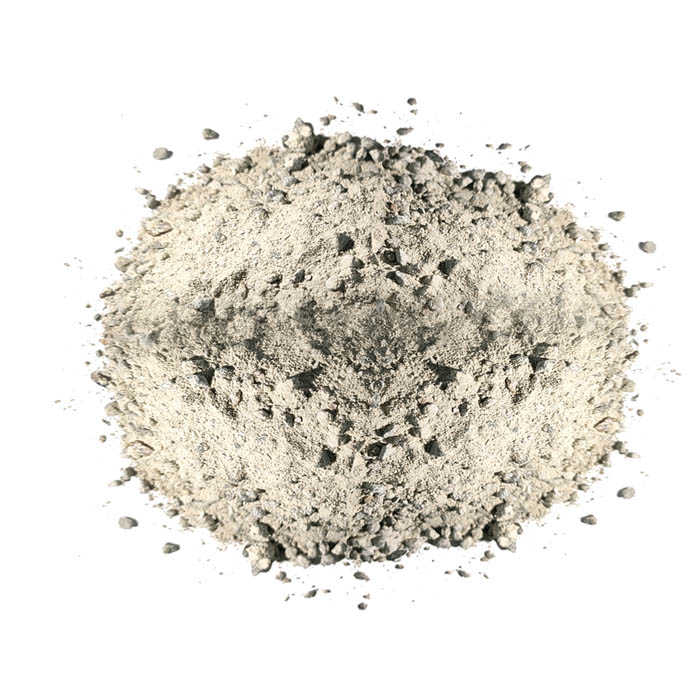Oct . 10, 2024 12:39 Back to list
insulation material for chiller piping
Insulation Material for Chiller Piping A Comprehensive Overview
Chillers play a crucial role in commercial and industrial applications, providing essential cooling for process control, comfort, and equipment protection. However, an often-overlooked aspect of chiller systems is the insulation of the piping that carries chilled water. Proper insulation is critical for maintaining system efficiency, reducing energy costs, and preventing condensation, which can lead to corrosion or mold growth. In this article, we'll discuss the importance of insulation, the types of materials available, and best practices for installation.
The Importance of Insulation in Chiller Piping
Insulation serves several key purposes in chiller piping systems
1. Energy Efficiency Well-insulated piping minimizes heat gain from the surrounding environment. Without insulation, the chilled water can absorb heat, making the chiller work harder to maintain the desired temperature. This results in increased energy consumption and higher operational costs.
2. Condensation Prevention When chilled water travels through uninsulated pipes, the temperature difference can lead to condensation forming on the exterior of the pipes. This moisture can drip onto surrounding areas, creating water damage, mold, and contributing to the deterioration of the building structure.
3. Temperature Maintenance Insulation helps maintain the desired temperature of the chilled fluid as it travels from the chiller to the point of use. This allows for consistent cooling across systems and ensures optimal performance of equipment.
4. Noise Reduction Insulated pipes can also contribute to overall noise reduction in the system. The insulation material helps to dampen sound generated by fluid flow and mechanical vibration, making for a quieter operation.
Types of Insulation Materials
When selecting insulation for chiller piping, a variety of materials are available, each with its own advantages and disadvantages
. Some of the most commonly used insulation materials include1. Fiberglass This is one of the most popular insulation materials due to its excellent thermal resistance, lightweight nature, and cost-effectiveness. Fiberglass insulation is non-combustible and can withstand high temperatures, making it suitable for a range of applications. However, it is essential to ensure proper sealing to prevent moisture absorption, which can reduce its effectiveness.
insulation material for chiller piping

2. Foam Rubber Flexible and easy to install, foam rubber insulation is another option often used for smaller diameter pipes. This type of insulation provides good thermal insulation properties and can fit snugly around pipes to create a tight seal, minimizing heat transfer.
3. Polyethylene Foam Known for its moisture resistance, polyethylene foam is lightweight and easy to handle. It is available in pre-formed tubing, making it simple to install and suitable for various pipe sizes. However, its thermal resistance may not be as high as fiberglass or other materials.
4. Mineral Wool Also known as rock wool, this material offers excellent thermal and acoustic insulation properties. It is resistant to fire and moisture, making it a robust choice for industrial applications. However, its installation can be more labor-intensive, and it may require protective coverings.
5. Spray Foam Insulation This insulation type is applied as a liquid that expands to form a solid layer around the pipes. Spray foam provides an excellent thermal barrier with minimal seams, reducing the risk of heat gain and condensation. The downside is its higher cost and the need for professional installation.
Best Practices for Installation
To maximize the benefits of insulation, proper installation is essential. Here are some best practices
1. Calculate the Required Thickness The thickness of the insulation should be determined based on the pipe diameter and the temperature of the fluid being transported. Refer to industry guidelines and local building codes.
2. Seal Joints Properly Use appropriate tape, adhesive, or sealant to ensure that joints and seams are tightly sealed. This prevents air leakage, which could compromise insulation efficiency.
3. Install Vapor Barriers In humid environments, including vapor barriers can prevent moisture from entering the insulation material and causing degradation.
4. Regular Inspections Periodically inspect insulation for any signs of wear, damage, or moisture intrusion. Early detection and remediation can prevent larger issues down the line.
In conclusion, selecting the appropriate insulation material for chiller piping is essential for ensuring the efficiency and longevity of cooling systems. By carefully considering the material and following best installation practices, facilities can minimize energy costs and maintain a comfortable and safe environment.
-
High-Quality Fe-C Alloy Leading Manufacturers & Spherical Alloy Materials Supplier
NewsJun.10,2025
-
Premium Low Nitrogen Recarburiser Supplier & Manufacturer – High Quality Exporters
NewsJun.10,2025
-
DT4 High-Quality Magnetic Materials Leading DT4 Manufacturer & Supplier
NewsJun.10,2025
-
High-Performance Spring Steel Suppliers Custom Solutions
NewsJun.10,2025
-
Premium SWRCH6A Manufacturer Steel Wire Supplier & Factory
NewsJun.10,2025
-
Premium Mild Steel Wire Rod Supplier & Manufacturer
NewsJun.10,2025
